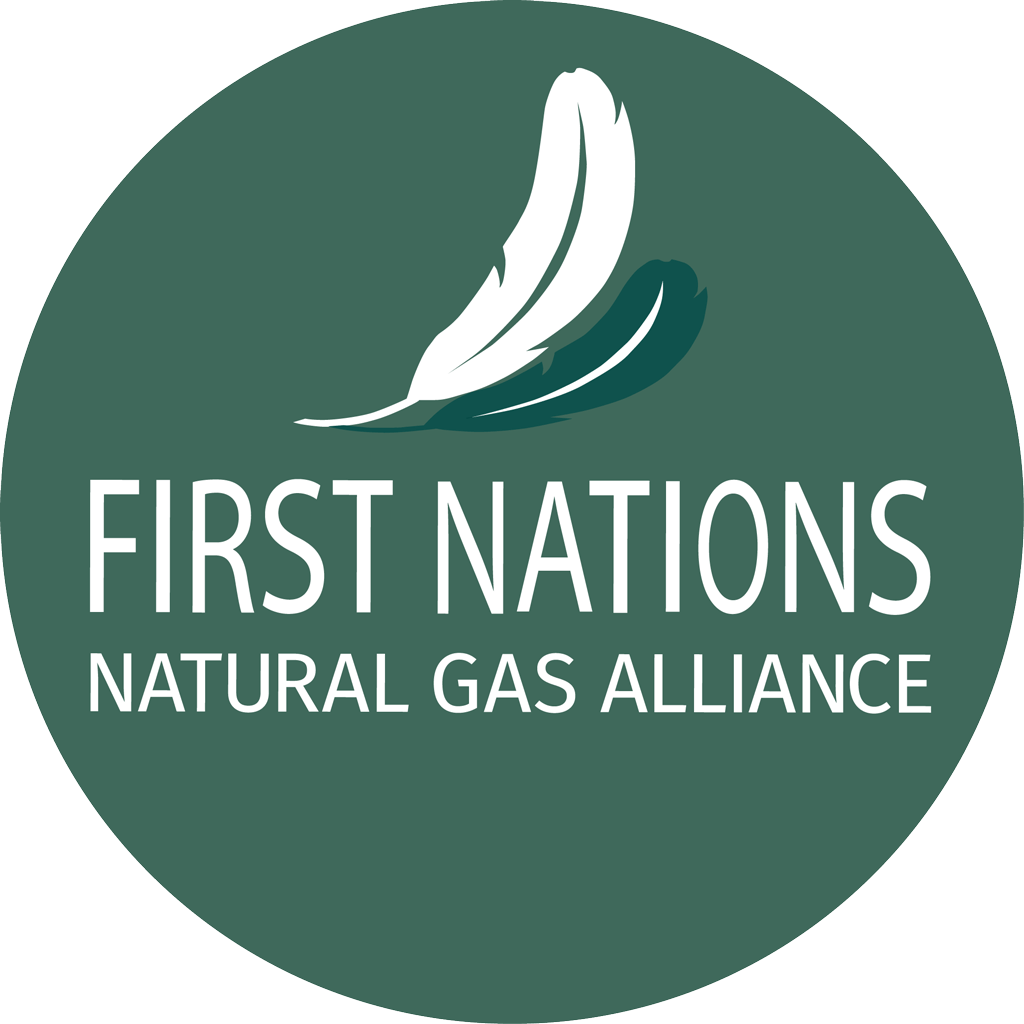There’s been good news for two key Indigenous LNG developments, the Haisla Nation’s Cedar LNG and the Nisga’a Nation’s Ksi Lisims LNG, and thus for the benefits to come to their Indigenous stakeholders.
But news media have yet to pick up on this aspect: Benefits from those projects for the Haisla and the Nisga’a will also flow to other Indigenous peoples.
First, the latest news:
The first steel has been cut, and fabrication has begun, at the Samsung Heavy Industries shipyard in South Korea, on Cedar LNG’s floating LNG vessel.
“To see the floating LNG vessel start to take shape is so incredible,” said Chief Councillor Crystal Smith. “In just a few short years, the vessel will arrive on our shores where it will serve as a reminder of what can be done when Indigenous Nations are given a share and a say in how our resources are used for the benefit of our people and the environment.”
The floating plant will be delivered in 2028, and the project will go into operation on Haisla territory later that year.
Earlier, the BC Environmental Assessment Office (BCEAO) ruled that the PRGT natural-gas pipeline project has been ‘substantially started’ and therefore can proceed.
The PRGT pipeline was originally approved in 2014 to feed a proposed LNG plant on Lelu Island near Prince Rupert. That project was shelved, but the Ksi Lisims partners moved to take over the already-approved PRGT pipeline and change its route to serve their project.
The questions before the BCEAO were: Had the pipeline made a ‘substantial start’ on the ground, and was its environmental certificate thus still alive? The answer from the BCEAO was yes to both.
The Nisga’a Nation hailed the ruling, and partner Western LNG said the next phase will include this: “Continued engagement with Indigenous nations to update project agreements, share detailed construction plans, and gather feedback on management plans.”
Eva Clayton, president of the Nisga’a Nation, added: “We are delighted that other Nations along the route have expressed interest in joining us as equity owners in PRGT. Together we can help shape a new era where Indigenous leadership is not the exception, but the expectation.”
The Nisga’a plans for sharing the benefits include offering equity positions to nations along the project’s pipeline route.
The Haisla Nation has also promised benefits to neighbouring First Nations. And the Coastal GasLink pipeline that feeds Cedar LNG (and LNG Canada) offers options to nations along the route for a 10% equity share.
Karen Ogen, CEO of our First Nations LNG Alliance, said Canada has been making progress in how capital projects are built in partnership with First Nations, with more and more communities participating through an equity stake.
She cited the Cedar LNG project: “That’s a showcase for the rest of Canada, for the rest of B.C., that this is how projects get built.”
All this as Indigenous Peoples in Canada have negotiated options for well over $10 billion in equity in energy, renewable energy, and resource projects.
As Resource Works reports: The latest example is that of pipeline giant Enbridge Inc., which is about to give 36 First Nations in B.C. a 12.5% share in Enbridge’s Westcoast natural-gas pipeline system. The nations will invest some $715 million, with help from the federal Canada Indigenous Loan Guarantee Corporation.
David Jimmie, president and chair of the 36 nations, and chief of the Squiala Nation, says: “Enbridge’s Westcoast pipeline system is a legacy asset that has operated within our traditional territories for over 65 years. Now, our nations will receive sustained economic benefits from this asset, funding critical investments in housing, infrastructure, environmental stewardship, and cultural preservation.
“People often ask what economic reconciliation for Indigenous Peoples looks like. This is it.”
This equity agreement follows Enbridge’s pioneer 2022 partnership with 23 First Nation and Métis communities, giving them an 11.57% interest in seven Enbridge-operated pipelines northern Alberta for $1.12 billion. That was with the assistance of the Alberta Indigenous Opportunities Corporation.
Indigenous groups invariably need loans to make such equity investments, as the Indian Act bars nations from using their land as collateral for loans. They can, instead, look to loan programs offered by the federal government, B.C., Alberta, Saskatchewan and Ontario.
The federal program now has $10 billion available, and covers major projects across all sectors (with the exception of gaming). Our Karen Ogen welcomed that as another positive step.

Picture: Artist’s impression of Cedar LNG project
(Posted here 11 June 2025)
